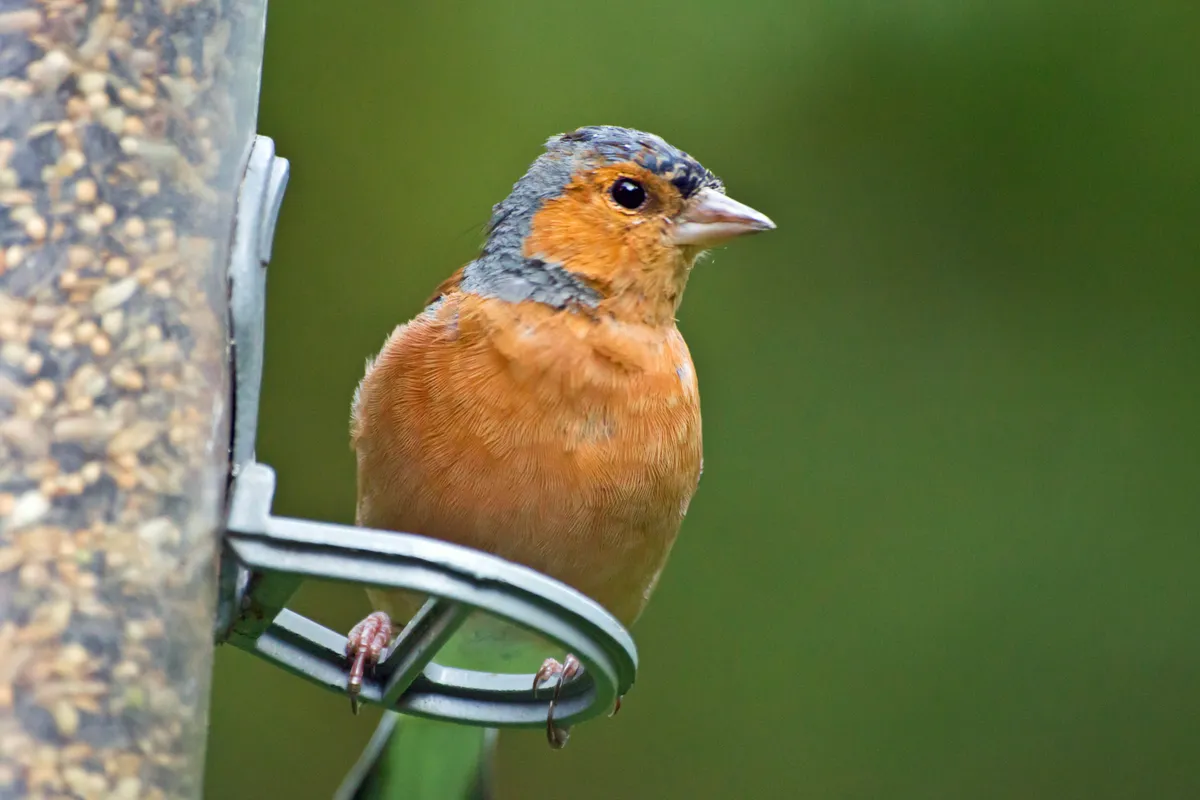The past 15 years have seen greenfinches shift from ubiquitous garden visitors to something of a rare sight. New research from the British Trust for Ornithology (BTO) bolsters the evidence that the infectious disease behind their spectacular decline is spread by the very bird-feeders that attract them to our gardens.
What causes Trichomonosis?
Trichomonosis is caused by a single-celled parasite that creates lesions in the birds’ throats. These interfere with feeding, leading to death by starvation. It was first detected among UK greenfinches in 2005, when the suspicion was that they had been infected by pigeons, the primary hosts of the disease, at garden feeders.
Chaffinches, too, are susceptible to lethal infection, although their decline was not evident until about 2014. “They were our second commonest species; they’re now our fifth,” says the BTO's Hugh Hanmer. “We’ve lost about two and a half million pairs between the two species.”
What does the study show?
The BTO’s new study, published in Scientific Reports, draws on data from its Garden BirdWatch and breeding bird surveys, as well as nest and ringing records. It shows that the finches’ declines coincide with the rise of trichomonosis infections among garden visitors, which in turn reduced adult survival.

The steepest declines occurred in garden habitats. The “logical conclusion,” says Hanmer, is that garden feeders are a major source of infection.
He is concerned that the infection might yet spread to other, rarer species, less able to weather a population crash. “The hawfinch is probably the obvious one,” he says. “And there’s evidence that they can catch it.”
There is little doubt that garden feeding brings benefits to bird and human populations alike. But the study shows there are also costs. “It’s a trade-off,” says Hanmer. “We are currently talking about how to give better guidance.” This might, for example, mean advising householders to feed birds only winter. But it’s not impossible that the cons prove to outweigh the pros.
“BTO is a science-led organisation, and if that’s what the facts were to tell us, then that is what we would communicate,” says Hanmer. “But we’re nowhere near that at the moment.”
Main image: the decline in greenfinch numbers has been linked to an outbreak of trichomonosis. © Tom Meaker/EyeEm/Getty